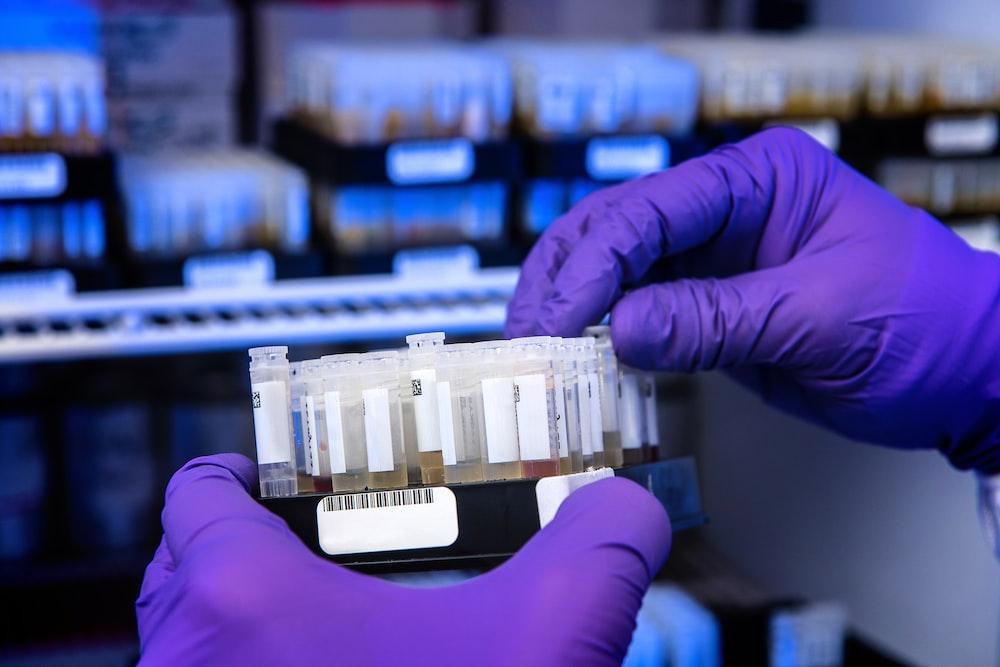Among the often-baffling realm of biological and medical research, the Enzyme-Linked Immunosorbent Assay (ELISA) diagnostic equipment stands out as a veritable wonder of modern science. This powerful method can detect the presence and quantity of specific proteins or antibodies in a sample with astounding sensitivity and specificity, opening new areas for investigation by scientists and medical professionals.
Types of ELISA Kits
It is worth noting that there are different ELISA kits, each with its advantages and disadvantages. Direct, sandwich, competitive, and indirect ELISA kits are the most used. Understanding the variations between different ELISAs will allow you to pick the most appropriate one for your study.
Direct ELISA
In the first place, let’s check out the direct ELISA kits. Only one antibody and enzyme are needed for this ELISA, making it the simplest. After the sample has been put on the plate, the antibody-enzyme conjugate will begin to bind to the antigen of interest. We next add a substrate and measure the signal after washing. It’s been found that direct ELISAs are beneficial for identifying tiny molecules like medicines and hormones, although they may not be as sensitive as other ELISA methods.
Indirect ELISA
The second type of ELISA, known as indirect ELISA, requires the employment of two antibodies to identify the antigen of interest. A primary antibody that is not enzyme-linked binds to the antigen, and then an enzyme-linked secondary antibody is added. Compared to direct ELISA, this method is more sensitive thanks to the signal amplification it provides.
Sandwich ELISA
Now let’s discuss the sandwich ELISA, the most popular format of ELISA. A pair of antibodies is used to identify the antigen of interest. First, the antigen is captured by the immobilized antibody on the plate. The second antibody, coupled to an enzyme but identifies a different location on the antigen, is introduced after the washing step. Once the substrate has been added after washing, the signal can be measured. Sandwich ELISAs are widely used for detecting proteins and other big molecules due to their high specificity and sensitivity.
The final type of ELISA is the competitive one, and it’s used to detect tiny compounds like medications and hormones. Following the addition of the sample to the plate, the enzyme-conjugated antigen is applied. The enzyme-conjugated antigen must compete with the free antigen in the sample to bind to a fixed amount of immobilized antibody. The weaker the signal, the more tightly the enzyme-conjugated antigen will bind to the remaining free antigen in the sample. This ELISA format allows for determining how much free antigen is present in a sample.
How ELISA Works
You might be wondering how ELISA operates at this point. The first step is to coat a microplate with an antibody that recognizes and binds to the target protein. For the antigen or target protein in the sample to bind to the antibody, the sample must be put on the plate and incubated.
The plate is washed to eliminate any unbound material after the incubation period ends, and a second antibody conjugated to an enzyme such as horseradish peroxidase is added. This technique employs a second antibody to “sandwich” the captured antibody by attaching it to a different site on the target protein or antigen.
After further incubation and washing to remove any residual debris, substrate solutions are applied to the wells. This enzyme uses this substance to generate a visible signal, such as a color change or fluorescent glow. A spectrophotometer can convert the sample’s signal strength into a numerical value representing the amount of target protein or antigen present.
While being a potent diagnostic tool, utilizing ELISA is not without its advantages and disadvantages. Its great sensitivity allows for detecting even low concentrations of infectious microorganisms or disease markers in a sample, an essential property. In addition, ELISA can be performed in either a clinical or laboratory context because it requires no skill. It’s important to note that ELISA is a versatile technique that may detect various targets, such as hormones, infections, and tumor markers.
However, it’s important to remember that ELISA isn’t without its downsides. The main drawback is that it can only detect proteins or antigens for which specific antibodies have already been developed. That means that unless a matched antibody is developed, ELISA cannot detect any novel or atypical targets. And as ELISA is a qualitative assay, the results may only be understood as a yes or no about the existence of a target. The objective cannot be quantified without additional studies, such as a standard curve.
Notwithstanding its limitations, ELISA has found widespread medical application. Often used for routine HIV, hepatitis, and COVID-19 testing and monitoring. Similarly, ELISA can detect tumor markers, which are proteins produced by cancer cells. ELISA is also useful for detecting endocrine-related substances like insulin and cortisol.
Final Thought
ELISA is a fantastic diagnostic tool because it allows researchers to precisely and accurately assess the presence and concentration of a target protein or antibody in a sample. Its flexibility, speed, and user-friendliness have proven helpful in medical research, shedding light on some of modern science’s most significant difficulties. Notwithstanding certain drawbacks, ELISA is still widely used as a diagnostic tool in the clinic and laboratory, pushing researchers and practitioners to the cutting edge of their respective disciplines.

